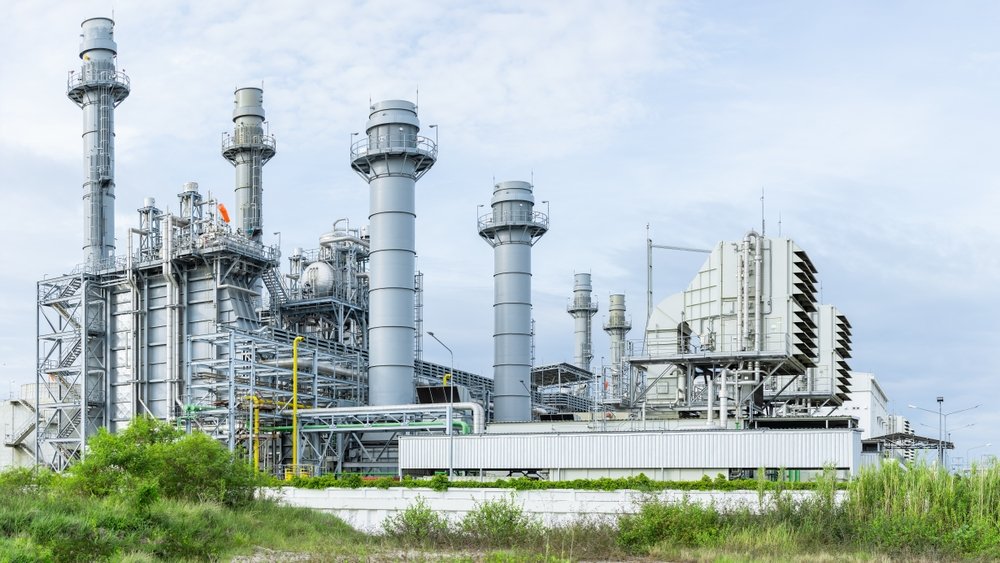Germany’s new power plant strategy promises security of supply, but its scope falls significantly short of requirements. According to the Federal Network Agency, an expansion of dispatchable capacity of up to 22.4 gigawatts is necessary in the target scenario and up to 35.5 gigawatts in the “delayed energy transition” scenario. The federal government is planning to expand dispatchable plants – however, at only ten gigawatts, the planned concept falls far short. Given the threat of gas supply shortages, unresolved subsidies, and growing dependence on gas-fired power plants, a simple question arises: Is this strategy sufficient to guide Germany through periods of low wind and volatile energy supply?
The concept falls short of reality
Instead of the originally discussed 20 gigawatts, the plan now calls for eight gigawatts for new gas-fired power plants and two gigawatts for technology-neutral projects. The plants are to be controllable and “H2-ready,” meaning they can be converted to hydrogen later. The tender also allows for battery storage. Despite these measures, a fundamental problem is evident: the concept covers only a fraction of the actual demand.

The Federal Network Agency points out that Germany needs up to 35.5 gigawatts of flexible capacity if the expansion of renewables does not proceed as planned. Even in the most optimistic scenario, 22.4 gigawatts will not suffice. This means the German government’s new approach falls significantly short of the requirements.
Lack of Energy Security Due to Limited Capacity
Security of supply depends crucially on having sufficient dispatchable capacity available when wind and solar power fail. Gas-fired power plants play a central role here. However, their economic viability is hardly feasible without substantial subsidies. The government is therefore planning billions in subsidies. At the same time, it remains unclear whether all plants can be converted to hydrogen at the outset, as required, and decarbonized in the long term using technologies such as carbon capture and storage (CCS).
Furthermore, there is a regional problem: New plants are to be preferentially built in southern Germany, where former nuclear power plants have been decommissioned and the grid load is high. Whether this relocation will be successful with the current approach remains uncertain.
Subsidies Needed, Financing Unclear
Because purely reserve power plants can hardly be operated economically, the key word is: subsidies. The government points to operating support and tender bonuses, but the concrete financing basis is lacking. Furthermore, state subsidies are considered state aid under EU law and require approval from the Commission.
The expansion to 12.5 gigawatts, negotiated at the time by Reich’s predecessor, demonstrates how significant the discrepancy is now – it remains far below the required capacity. The reduced scope reveals a concept that focuses primarily on political feasibility and EU approval, not on the necessary energy security.
Gas Supply as Another Weak Point
Alongside the question of electrical capacity, the gas supply is under pressure. While current levels are considered sufficient, winter cold, high industrial activity, or geopolitical disruptions could quickly strain the natural gas supply. If gas were to become scarce, gas-fired power plants could hardly be used as a backup – as long as the overall concept relies on this technology.
A binding and economically sound expansion of power plants alone is not enough – flexibility, storage, and alternative reserves must be given greater priority.
In short: A strategy exists – whether it will generate electricity or merely headlines remains to be seen. (KOB)
